Safe procedures for injured wildlife
Animals in the wild are susceptible to being injured or killed. They face dangers from other animals, humans, cars, bushfires, floods and land development.
If you come aImagecross an injured animal it is very important to approach it safely, as it can often be frightened or distressed and may react aggressively.
Improper rescue can hurt both the animal and the rescuer.
Always wear gloves and use a blanket for protection. It’s also a good idea to wear glasses or goggles to protect your eyes.
If possible, try to make the animal comfortable before contacting your local animal rescue group.
Who to call?
There are many animal rescue and welfare groups in each state, such as Help For Wildlife, RSPCA, Animal Welfare League, WIRES, WRES, Badgar, AWARE, Paws ‘n’ Hooves, WWF, Wildlife Preservation Society and National Parks & Wildlife Services.
To find a rescue group in your area, Click here
What to do?
According to the NSW Wildlife information rescue & education service (WIRES), the following steps should be followed if you come across an injured animal.
Step 1
Remove any threat to the animal. This may mean locking up cats and dogs until the animal is rescued by a licensed rescuer.
Step 2
Minimise stress by placing a towel or blanket over the animal, then gently place in a box. Put the box in a warm, quiet, dark room and DO NOT DISTURB. The stress associated with human contact can result in death.
Step 3
Seek advice. If you live in New South Wales, call WIRES on 13000WIRES or 1300 094 737. Alternatively, you can contact your local parks and wildlife service.
